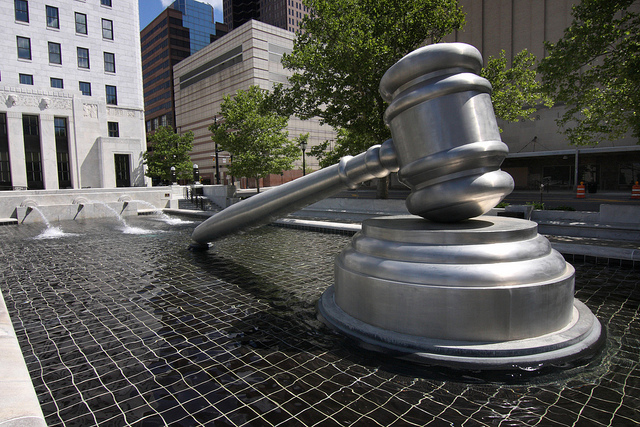Understanding the Felony Court Process
Crimes in California are typically defined by the type of punishment that’s associated with it. Felonies, for example, are defined under the California Penal Code as “any crimes that are punishable by death or by imprisonment in state prison.” For felony charges to be filed, police will fill out a report and hand it over to the district attorney. Sometimes these reports are filled out as the result of an arrest, but not always. Police reports are also the result of investigations, and charges can be filed before the arrest has been made. When this happens, police will turn over their report to the district attorney who will decide whether or not charges are to be filed. If they are, an arrest warrant will be obtained and the police will be charged with executing that warrant.
Regardless, once someone has been taken into custody, has been charged with a felony and gone through the booking and processing procedure, their first court appearance will be an arraignment. During this court appearance, the defendant will go before a judge and be informed of the charges against them. If the defendant cannot afford legal representation, an attorney will be appointed to them at this time. Once the defendant has been informed of the charges and had legal counsel appointed (if they have not already obtained private counsel) the defendant will be asked to enter a plea. If a plea of “not guilty” is entered at the arraignment, a preliminary hearing will be scheduled within 10 days.
At the preliminary hearing, the District Attorney’s office will be tasked with presenting sufficient evidence to the judge to suggest that a crime has been committed, and that it was the defendant who committed it. The preliminary hearing is a not a trial, and there is no jury present. The point of the preliminary hearing is essentially to convince a judge beyond reasonable doubt that a crime has in fact been committed, and that the accused is the person who committed it. The main purpose of preliminary hearings is to prove to a judge that there’s reason to proceed with charges against the accused.
If successful, the case is moved to a trial court and another arraignment will be held. At the second arraignment a date for the trial will be set. Typically, the trial date is no longer than 60 days out from the date of the second arraignment. However, defense attorneys are able to ask for an extended period of time to prepare the defense and go over the prosecution’s information.
Once the criminal trial takes place, if a defendant is found guilty, the judge will impose a sentence. The sentence will vary widely depending on the number and nature of the crimes that the defendant was convicted of committing, as well as several laws. That being the case, possible sentences can be anything from no jail time, to probation, to significant time in California state prison. Once a defendant has been convicted and sentenced, an appeal can be filed within 60 days at the request of the defendant.
